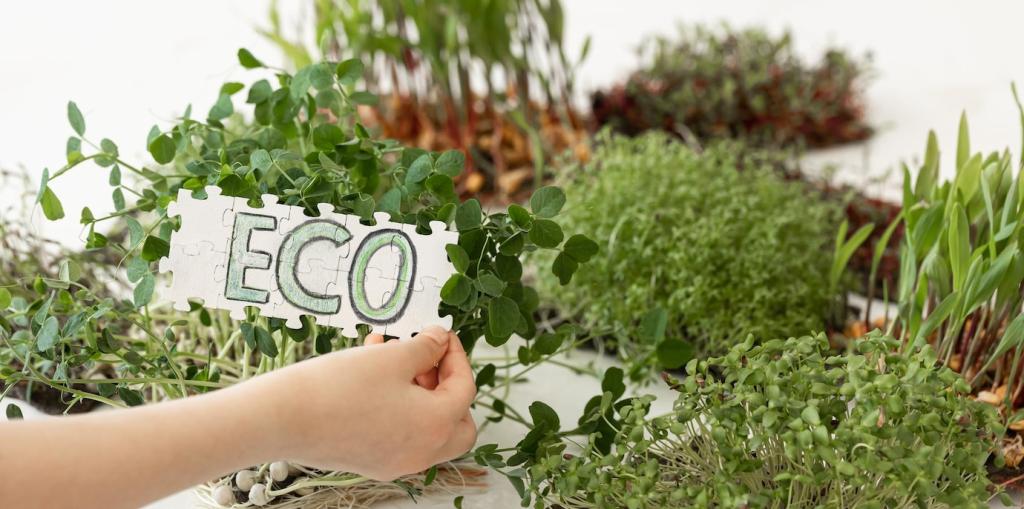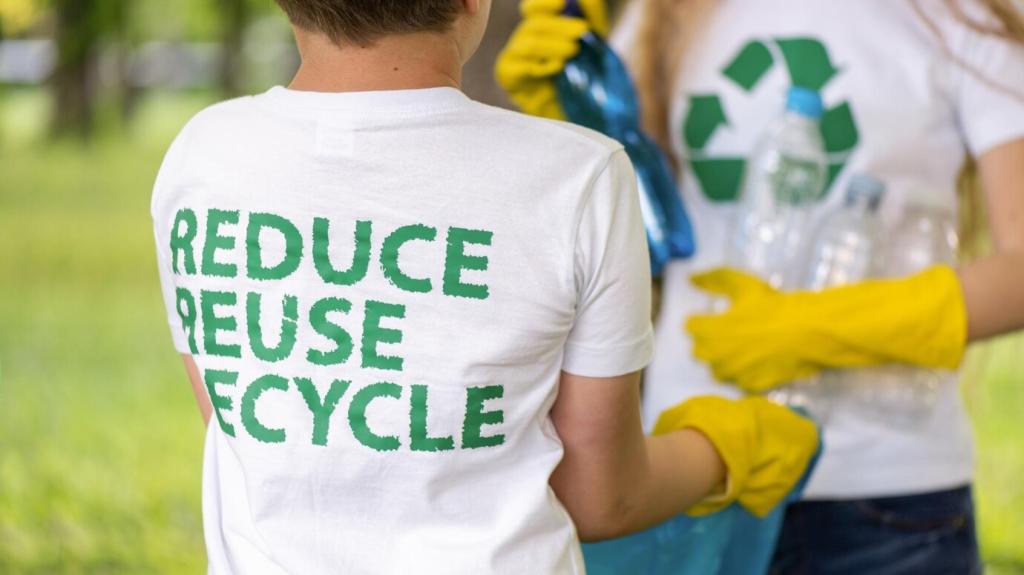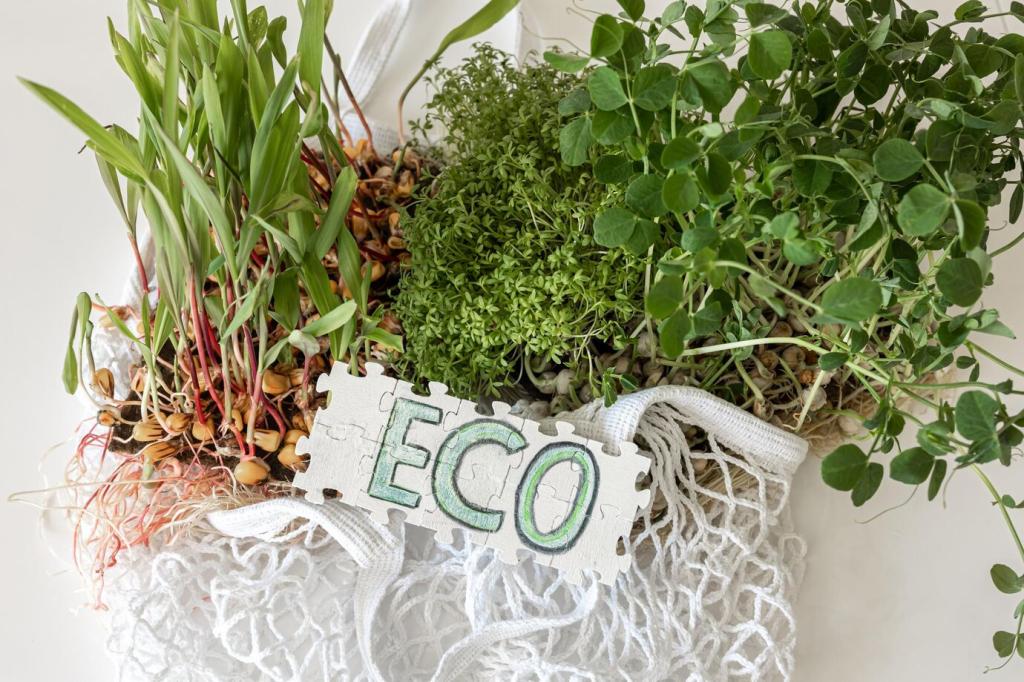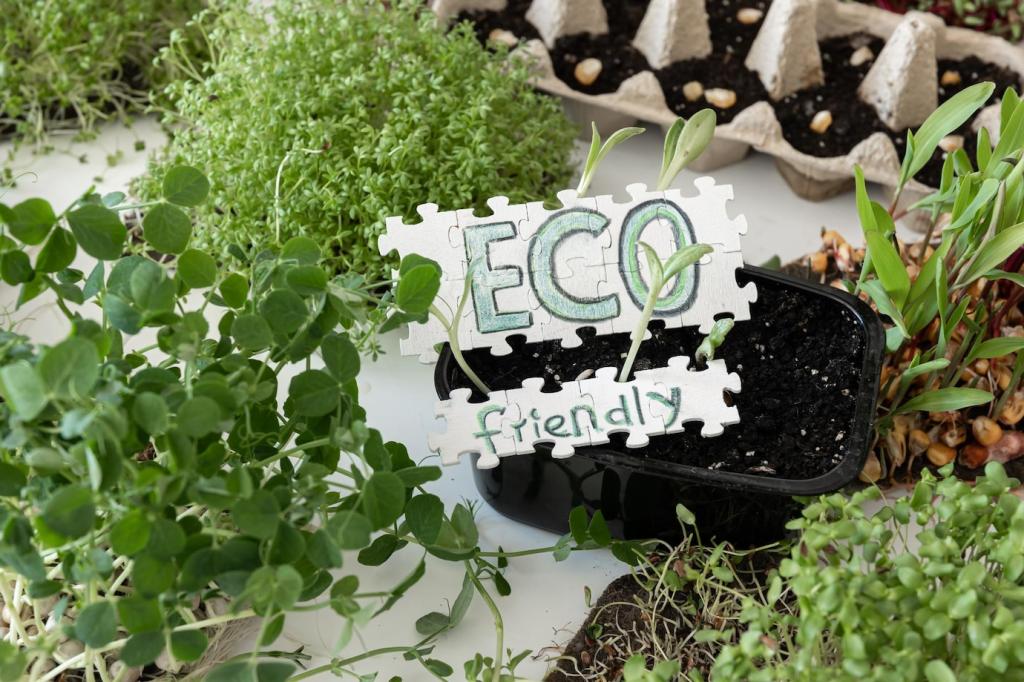Strippers, Cleaners, and Solvents That Respect Air Quality
Citrus-based products can soften finishes with a milder scent profile than harsh strippers, yet they still require ventilation and care. Collect residues for proper disposal. Have tips for containing mess on vertical surfaces? Share your setup for drips, dwell time, and scraper selection.
Strippers, Cleaners, and Solvents That Respect Air Quality
Before stripping, try pH-neutral soap or alcohol cleaning to rescue original finishes. Gentle cleans preserve patina and reduce chemical use. What’s your workflow for testing spots discreetly? Comment with your preferred cloths, dilution ratios, and how you judge when to stop cleaning.








